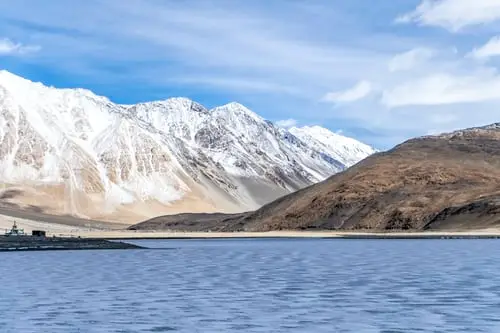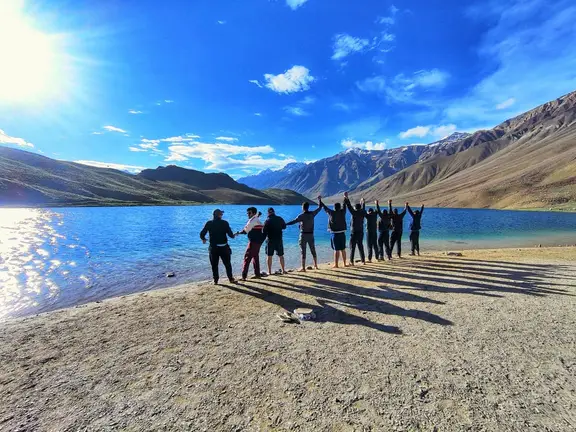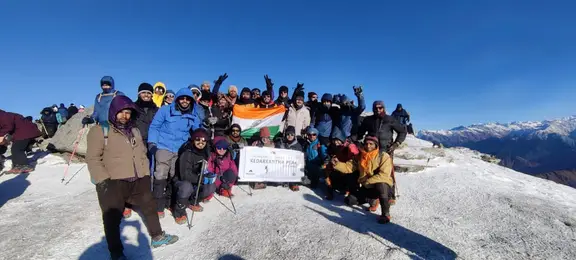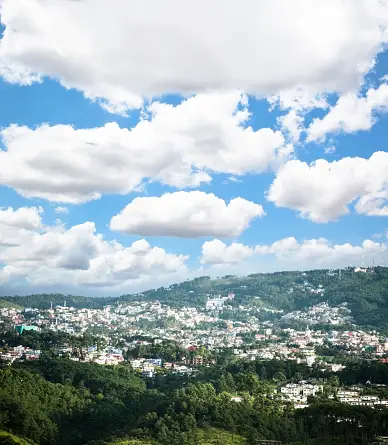Bali Pass vs Har Ki Dun Trek
ABOUT TREKKING IN UTTARAKHAND:
Uttarakhand, a Himalayan state in northern India, boasts of the most famous pilgrimage sites. Uttarakhand is endowed with picturesque mountainous topography. For its ethereal beauty and stunningly gorgeous surrounding, this state features as the most sought after trekking destination in India. The towering sun-dazzled Himalayan ranges, the bubbling brook flanking the winding pathways, the mystical out-in-the-wind campsites, dewy and wavy landscapes, not to forget the intriguing historical tales engraved in old stonework and a hypnotic profusion of vegetation and exotic wildlife are all synonymous with the rugged beauty of the mountains.
Both the Bali Pass and Har Ki Dun are located in the Uttarkashi district of Uttarakhand. Both of these treks provide something or the other comparable vistas and also a few variations that will be explored in this article.
Bali Pass Vs Har ki Dun
| Trek Details | Bali Pass | Har Ki Dun |
|---|---|---|
| Altitude | 16,240ft | 11,700ft |
| Region | Uttarkashi | Uttarkashi |
| Base | Sankri | Sankri |
| Best Time | May,June,September,October | April to June |
| Trek Type | Pass trek | Valley trek |
| Days | 8 days | 7 days |
| Difficulty Level | Difficult | Easy to Moderate |
| Trek Cost | 15500 INR | 9999 INR | Age Group | 12 years of age (seasoned trekkers) | 8+ years of age |
| Booking Links | Bali Pass | Har Ki Dun |
Also Check: Har Ki Dun Trek vs Kedarkantha Trek
KEY DIFFERENCES OF BALI PASS AND HAR KI DUN TREK:
MAIN ATTRACTIONS:
THE ALLURING LOCATIONS ALONG THE TREK ROUTES:
Har ki dun trek, a cradle shaped valley exhibits some of the most impressive locations and the breathtaking vistas of the pristine valleys with the imposing Garhwal Mountains looming in the backdrop. This trek follows a curvy path snakes through the untouched 2,000 years old villages of India, the deeply enchanting alpine meadows and wooded pine forests. The wandering pathways strewn with fallen leaves, dazzle in the brilliant orange hue with the first rays of the sun. During the trek, the tranquil streams with the sweeping sierra of the Himalayan ranges never go out of sight. This trek is famous for the unprecedented beauty of the most talked about ranges of Uttarakhand: The Kala Nag, Swargarohini and Bandarpooonch.
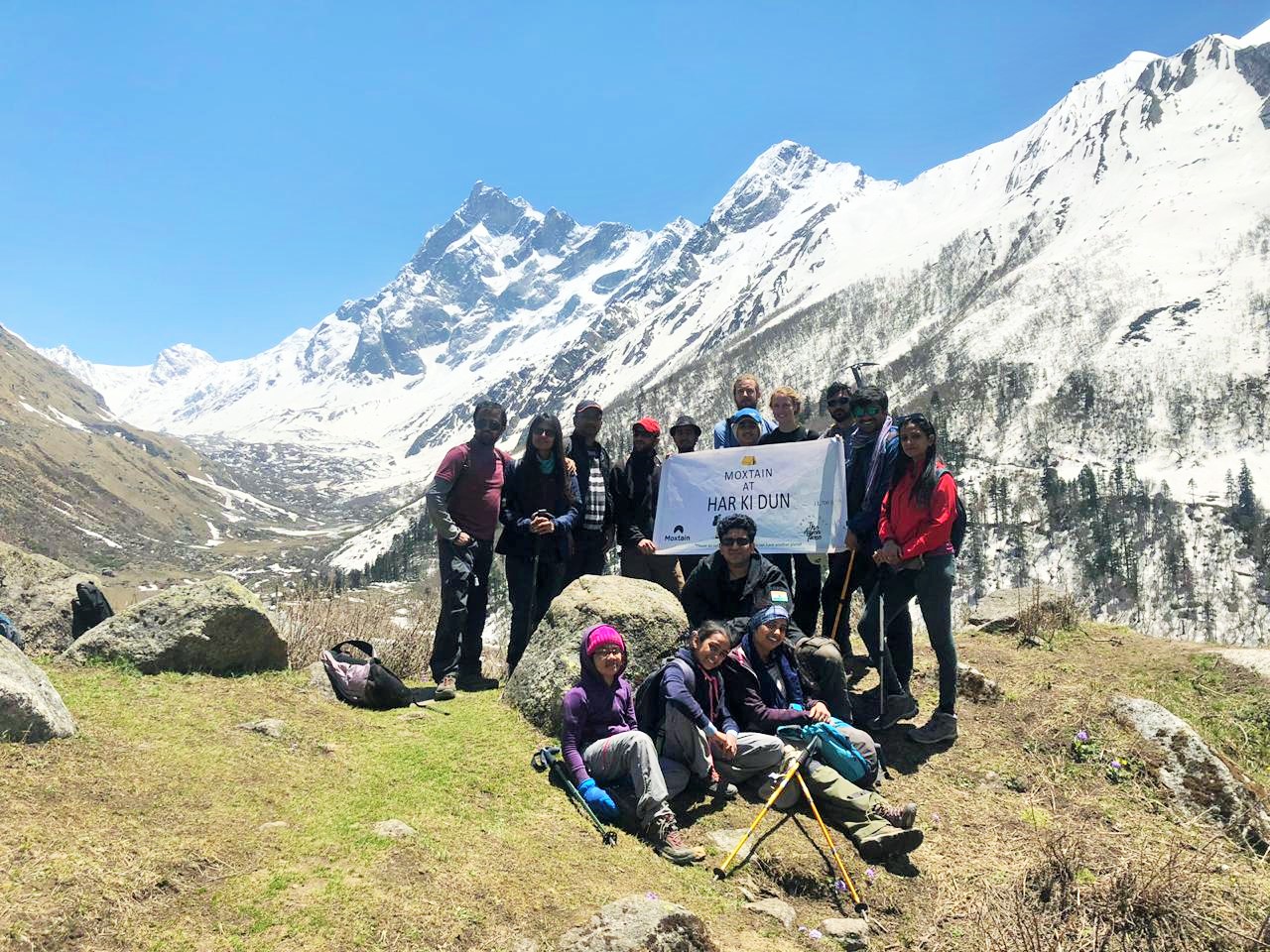
The Bali Pass trek, although a lesser known trek unlike the Har Ki Dun one, interestingly follows the iconic Himalayan landmarks. The divine Yamunotri Valley and the enchanting Har Ki Dun Valley is connected by this pristine Bali Pass. This trek too commences from the quaint Sankri Village. This journey is popular amongst trekkers who have the lust for wonder and want to enjoy the thrilling terrains and amazing all round views of the magnificent Kala Nag, Swargarohini, and Bandarpoonch Peaks. The major turning point of the Bali Pass’s trek is a quiet saunter down the exquisite alpine meadows of DevThach nestled in the Ruinsara Forest. The vast pastures of these meadows stretching to infinity are ringed with towering trees and gigantic peaks. The splendor and the unfathomable beauty of the Ruinsara Lake, tucked in the Swargarohini range, entice the trekkers to embark on this matchless journey.
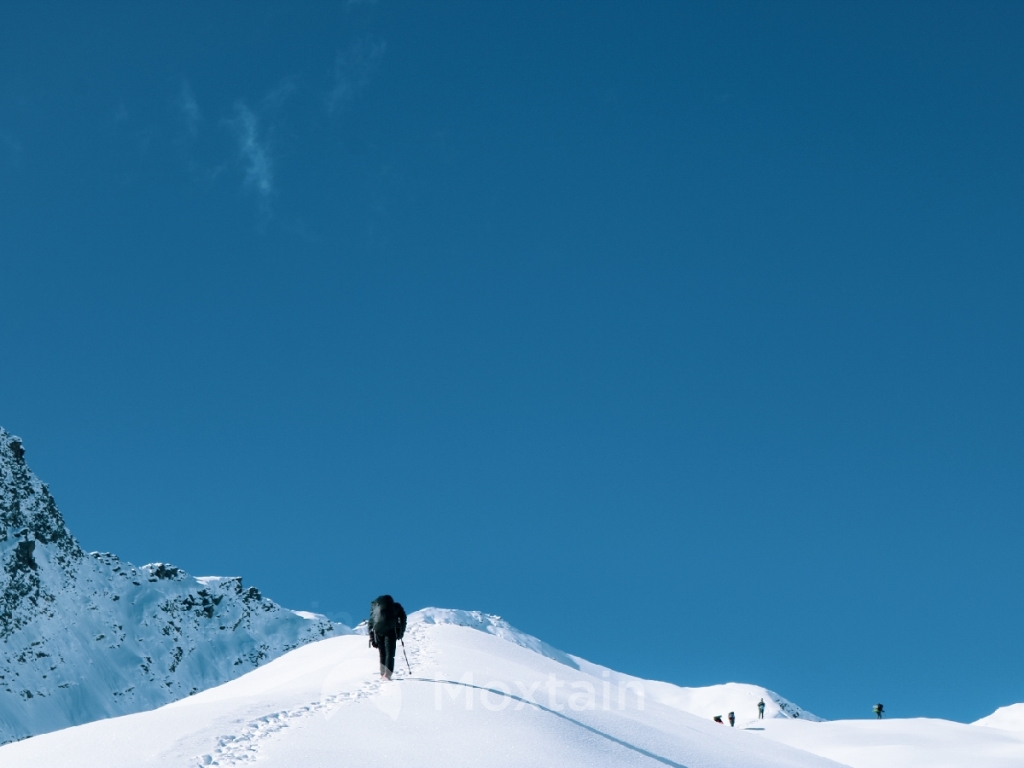
MYTHS CONCERNING THE TREKS:
According to Ramayan, a rich epic of Hindu mythology, Bali Pass earned its name from Bali, the king of monkeys. Bali is fabled to have traversed the rugged Himalayan Mountains and vanquished Odari, a monster. This area is named after Bali, the king, the heroic lord. Therefore, the Bali Pass is quite significant in Hindu mythology.
The name Har ki Dun literally means God's Valley. It perfectly matches the legendary past linked with this valley. As per the legends, the Pandavas ascended to the heavenly dwelling via Swargarohini peak, one of the trek's primary highlights. The famed Duryodhana Temple situated in Osla dates back to the immemorial practices and cultures of people who are the ardent worshippers of Duryodhana.
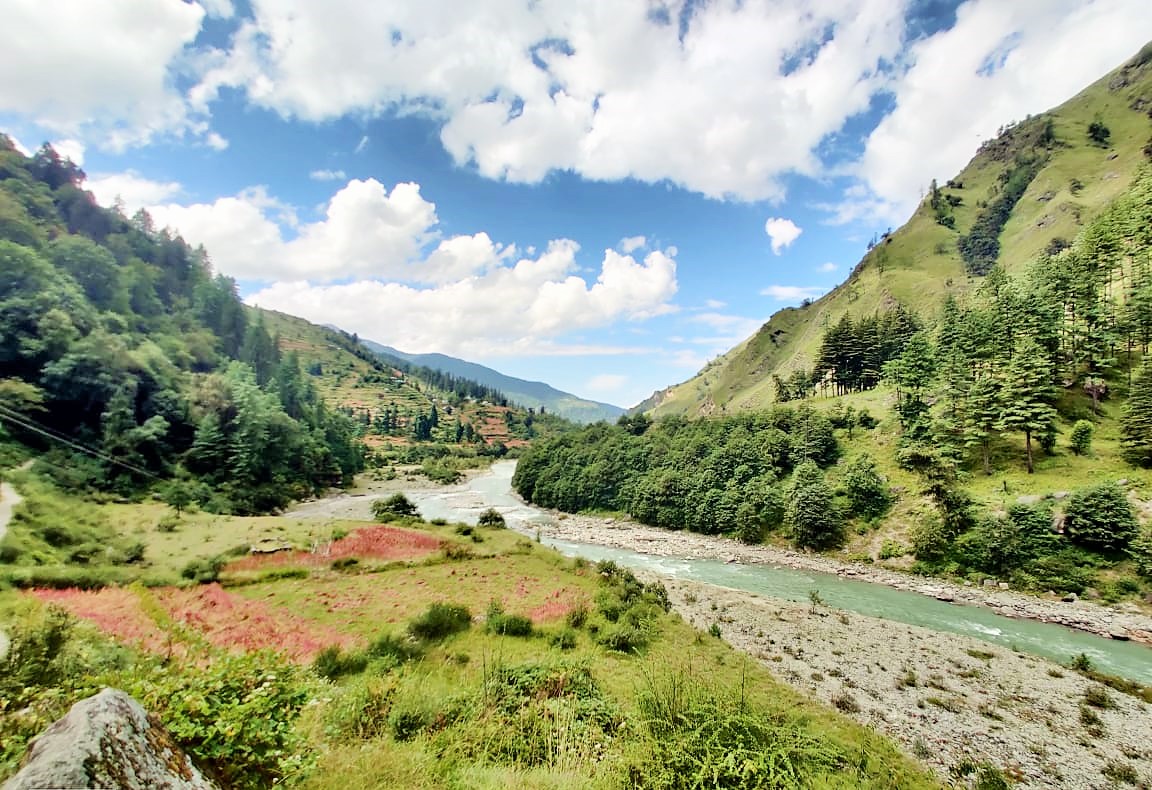
ALTITUDE:
Snuggled at a staggering height of 5000 m, the Bali Pass offers an all-encompassing view of its famous peaks whereas the Har Ki Dun valley is nestled at a height of 3566 m above sea-level from where too we get to see the unequalled beauty of Kali Nag, Swargarohini and Bandarpoonch peaks. In comparison, the Bali Pass is situated 1434 m higher than Har Ki Dun.
PLACES TO VISIT:
VILLAGES AND MEADOWS ENROUTE:
In the Bali Pass trek, the age-old villages of Osla and Gangad resonate with their distinct rural traditions and tales. The medieval temples of these villages will keep the trekkers engrossed with their intriguing Himachali folklores and artistic architectures. Har Ki Dun valley will be a memorable visit for all the trekkers. This trek unveils its ultimate surprise in the alpine meadows of DevsuThach situated in the center of the bosky Ruinsara forest. This verdant landscape is encircled with age-old trees and wildlife, with the Swargarohini and Kala Nag peaks rising at a distance. This appealing place also calls for a beautiful camping experience.Its trek route from DevsuThach to Ruinsara Lake running along the Ruinsara River is a juncture to marvel at. The river bank all along the route cast a paradisiacal effect on the mind and the soul.
In the Har Ki Dun valley, Osla, located across a flowing stream, is the final settlement in the Har Ki Dun which still remains pure and unalloyed. The major landmark in this community is a temple devoted to Lord Shiva, which is reminiscent of the wooden dwellings and intriguing engravings.Other than the Osla village there is alsoTaluka and Seema village, the picturesque hamlets located in the heart of the spectacular Himalayas. The rushing river that runs through these hamlets adds to the overall beauty of the scene.
RUINSARA LAKE/MANINDA TAL:
The trekkers going for the Bali Pass trek should visit the Ruinsara Lake to instill calmness and tranquility prevailing in the atmosphere all through the year. On the other hand, visiting the Sankri Village in the Har Ki Dun trek is like walking through the gateway to Himalaya’s paradise. Once you set foot in the village, there is a hugely surprising thing store for you. Most of the directions you look at surrounding this village, there is a surfeit of jagged mountain-tops heaving out of the skyline making you feel as if at a touching distance! Before embarking on Har Ki Dun trek, there is a need for an immediate visit to Maninda Tal Lake. It is a stunninglycalm high-altitude lake with the lofty Swargarohini peak behind, located at an elevation of 3970 m above sea level. During the peak tourist season, there is a plethora of the rare Brahma Kamal flowers spreading on the surface of the lake like a beautiful bedsheet.
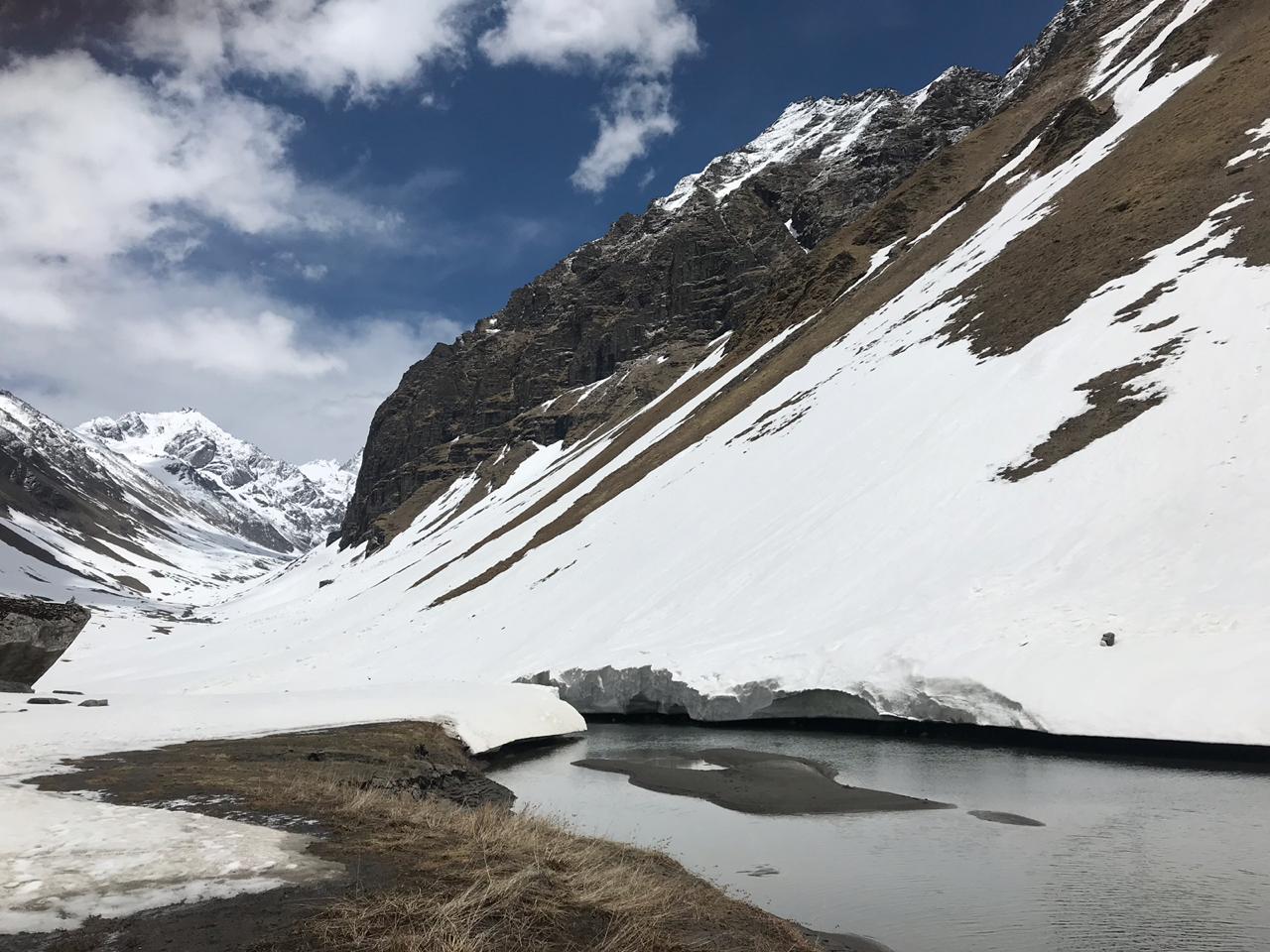
BEST TIME TO VISIT:
The best time to visit Bali Pass trek is from the months of May to June. Summer brings with it the greening of woodlands and meadows, as well as the blooming of flowers. Throughout the month of June, rhododendrons thrive in the Ruinsara Valley. During this season, campsites around will greet you and beckon to inhabit them as you begin your walk. Due to the clear sky, hikers will be able to witness unimpeded arresting views of the Swargarohini peaks and its green surroundings from these campsites throughout the summer.
On the other hand, the trek to Har Ki Dun commences during the middle of the month of March. In this month, the trek route usually is blanketed in spots of snow all the way up to DevsuThach. The snow spots hark back to the previous winter. As the summer season approaches, the months of April and May decks up this valley with various shades of brown and lush green. A myriad of wildflowers blossom in the forests and on landscapes. After the monsoons, the trek again welcomes the tourists in the month of September. The views of the vistas of the gamut of ranges are equally wholesome and striking owing to its fresh air and immaculate weather.
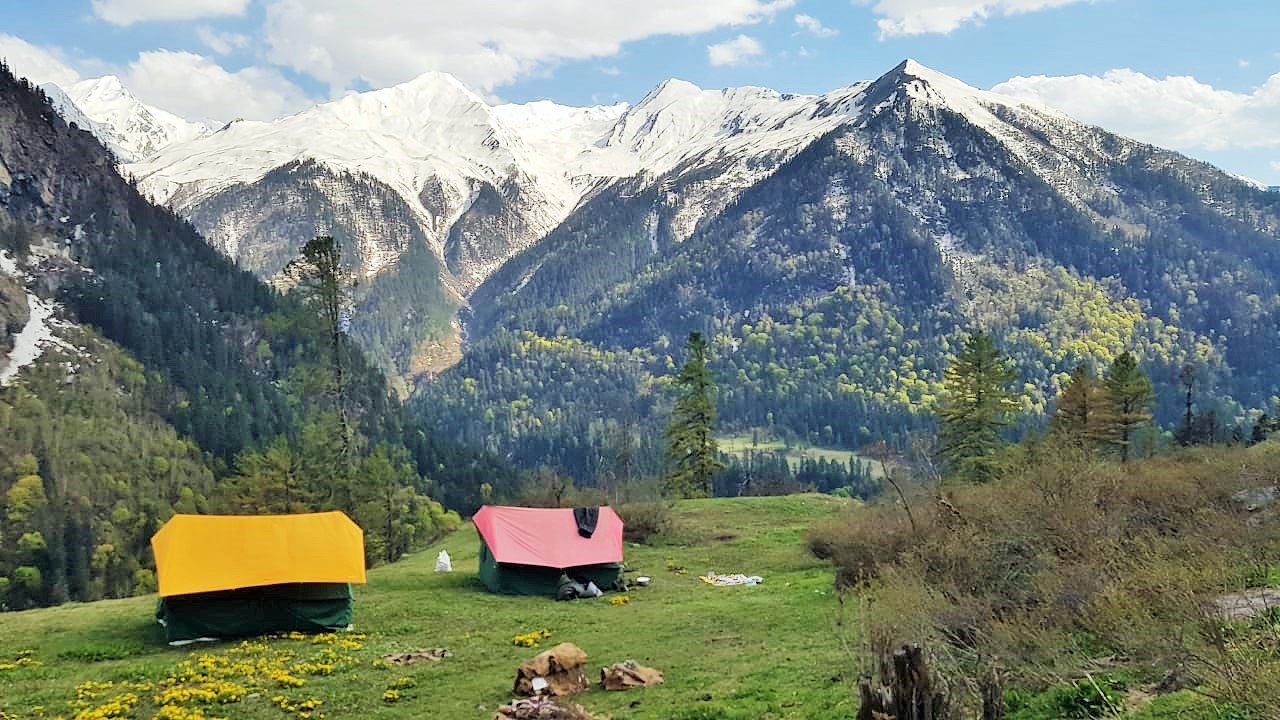
DIFFICULTY LEVEL:
The Bali Pass trek is categorized as strenuous and demanding. The travel road is a mishmash of craggy topography, irregular paths, and difficult climbs and downhill. Every trekking day, you'll have to travel 7 to 8 kilometers. It makes heavy demands on your bodily as well as mental preparedness. To achieve mental and physical harmony, this voyage necessitates preparatory training such as long-distance walking, exercise, and meditation. On this high-altitude excursion, Acute Mountain Sickness (AMS) is very common. To avoid this, proper acclimatisation, resting when necessary, and reaching a few days before the trip are all advisable. This trek is regarded as one of the most isolated and challenging hikes in the Himalayas.
On the other side of the coin, Har Ki Dun trip is an intermediate trek with varying degrees of difficulty. Trekkers must be in good physical condition to complete the Har ki Dun trek without much difficulty. The Harki Dun trip is quite challenging, with an elevation gain of 3,273 meters above sea level. The Har ki Dun journey takes you largely through a valley densely forested with trees. Local communities along the journey will give you an insight about their mountain culture and traditions. You can also enrich yourself with the folklores of the quaint villages and settlements. The Har Ki Dun trip takes roughly 7 days to complete.
Conclusion:
People with sound physical health are advised to venture on these treks. To minimize issues associated with intense exertion and high altitude, the trekker's BMI (Body Mass Index) should be between 18.5 and 24.9. However, to ensure a safer trekking experience, get in touch with us to trek with experienced, certified, and skilled trekking guides that are familiar with these difficult trekking terrains.



